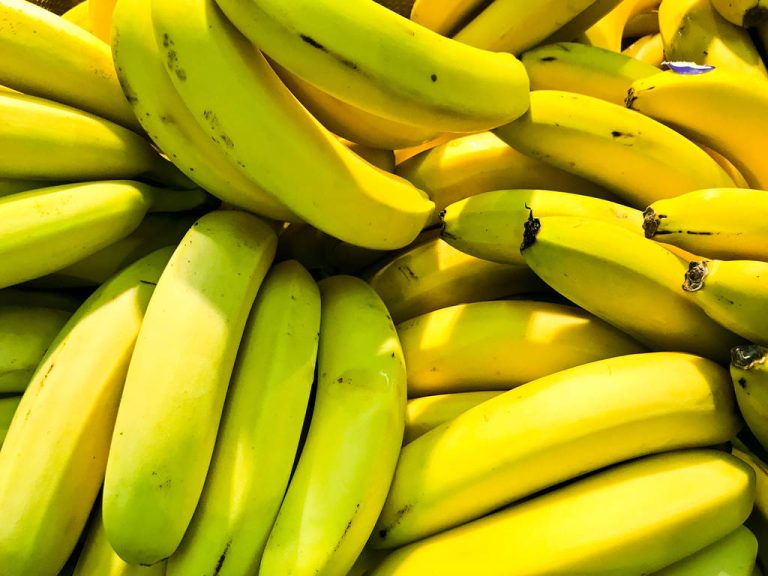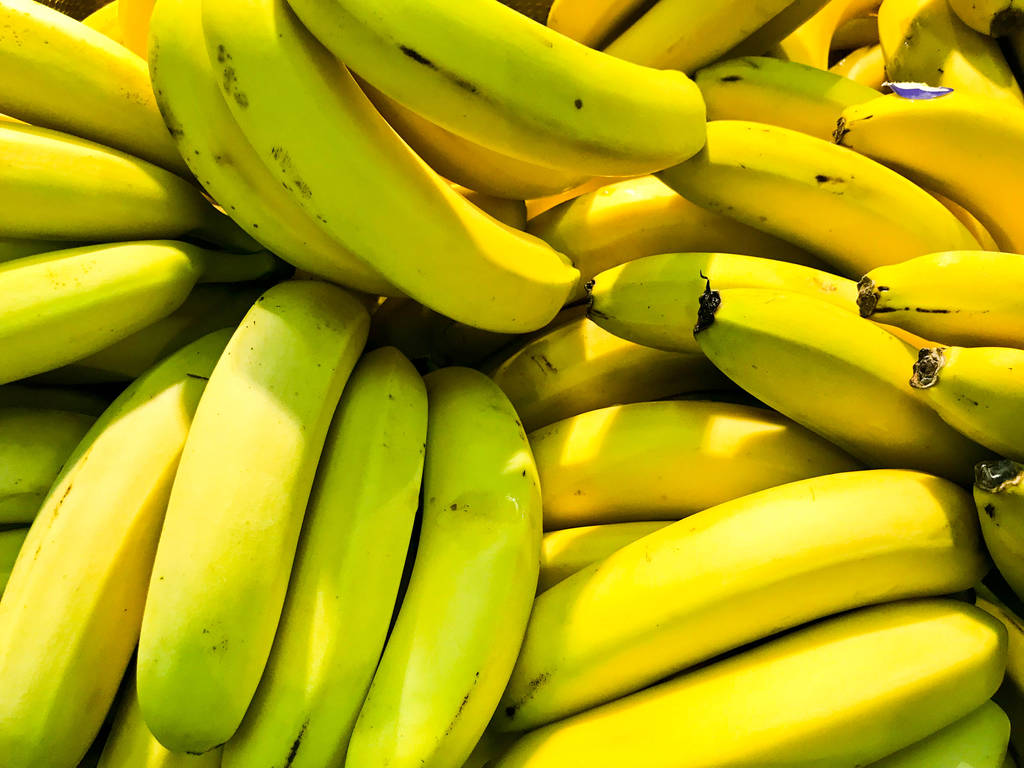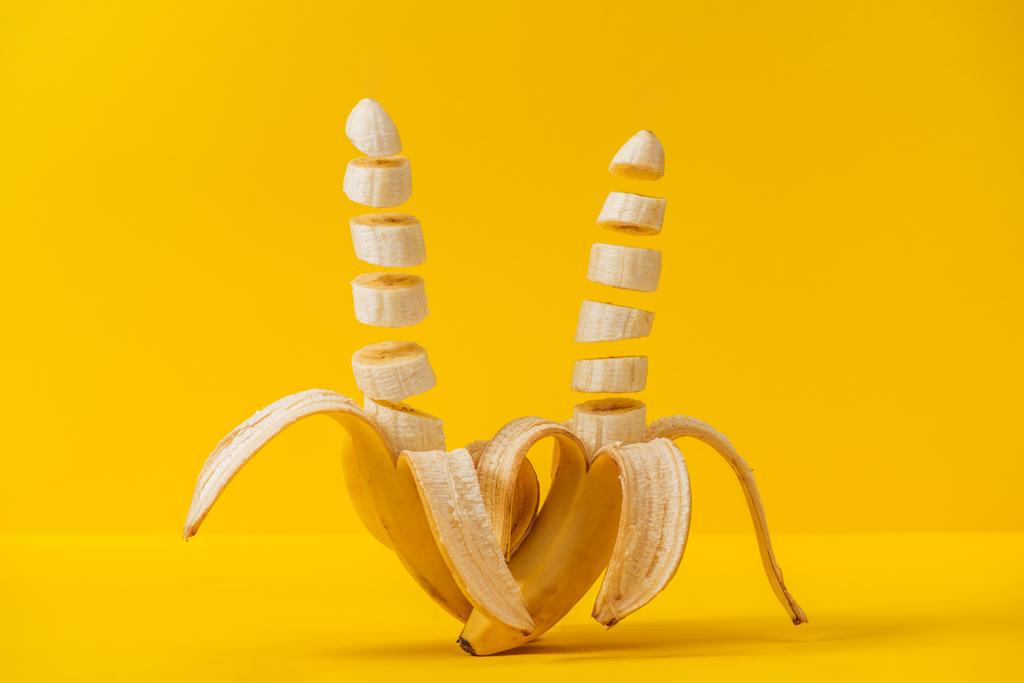Very tasty, but extremely unhealthy: Sugar is in various forms in almost every food. However, particularly large amounts of the fattening agent are hidden in processed products. Here are the consequences of eating too much sugar and the best tips for eating less.

How much sugar is ok?
Assuming an average calorie consumption of 2000 kcal, that is 50 grams of sugar that you can consume per day. That corresponds to about half a liter of lemonade, 17 sugar cubes, or 100 grams of chocolate. So the recommended amount is reached quickly – but how do you manage to eat less sugar effectively and easily?
There are many different testimonials from people who give up sugar, but not every way works. First of all, the most important thing is to reduce the daily amount of sugar – this is particularly difficult for many at the beginning, because our body and our taste buds are used to the sweet experience.
Ways to eat less sugar
The aim of the reduction is to sensitize our taste for sweets again. Because if you eat sugar again after giving up, it tastes all the sweeter. Now you have to either continue to do without sugar or cut out sugary foods. For example, Ökotest suggests diluting juices with water or mixing fruit yoghurt with plain yoghurt.
You should also pay attention to the list of ingredients when shopping: Sugar is often added as a flavor enhancer to many processed products. Especially here you can eat a lot of sugar quickly. The bestselling author of the “Nutrition Compass”, Bas Kast, therefore always recommends: “Cook yourself with fresh, natural food” – because this is the only way to really have control over the ingredients and the sugar intake.

Eat sugar: Less is always better
The realization that sugar is unhealthy and that we should eat as little of it as possible is nothing new. However, the fact that the health consequences can go as far as cancer is very shocking. So in order to really pay attention to a healthy diet with little sugar, the best thing to do is simply stop eating.
That means no sugar in the coffee, no sweets in the evening and always cook with fresh ingredients. This is difficult for many to implement, but reducing the amount of sugar is a step in the right direction. “Enjoy, the dose makes the poison,” agrees the expert Bas Kast.




